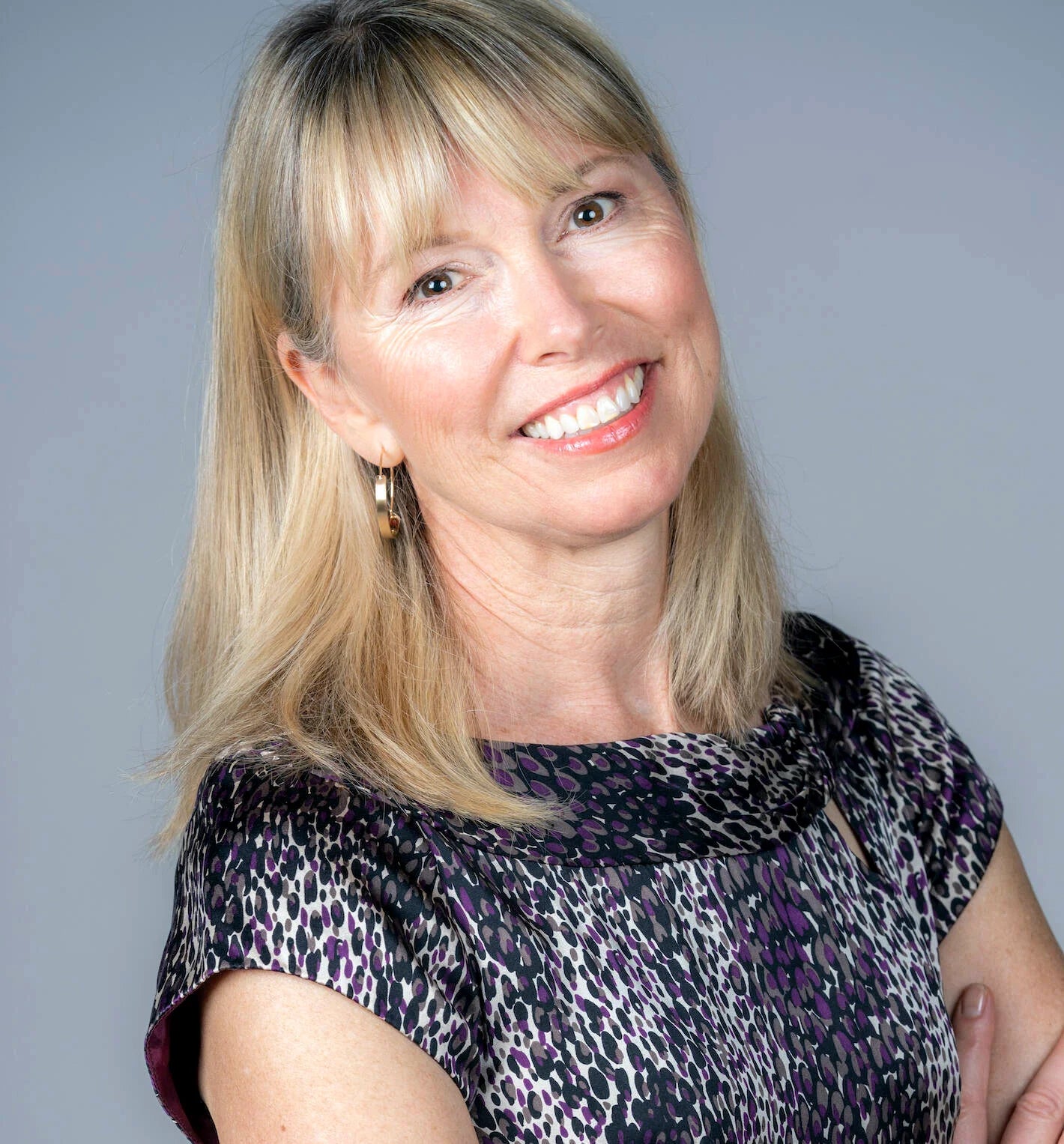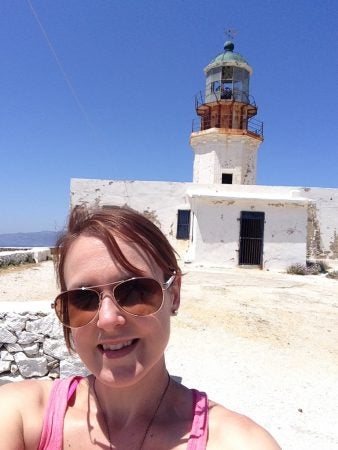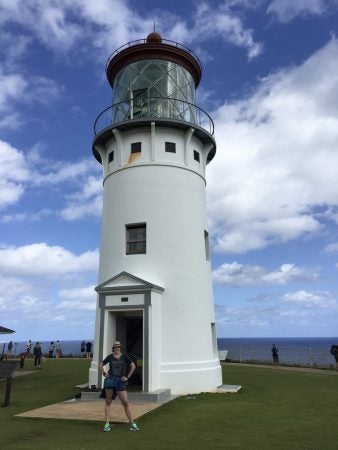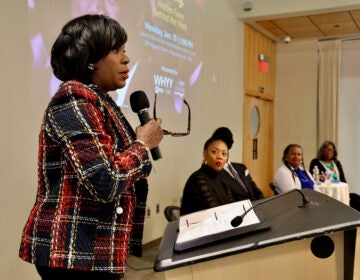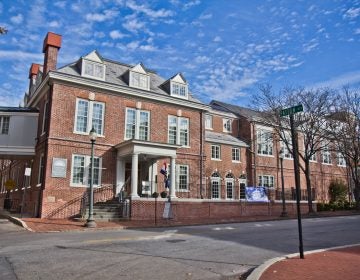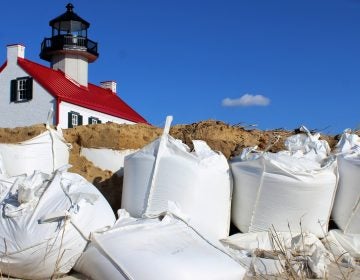‘Mind the light’: Women lighthouse keepers’ little-known stories shared through historical records, public memory
Morning Edition host Jennifer Lynn spoke with lighthouse researcher Shauna MacDonald about the little-known women in history who ran them.
Listen 6:06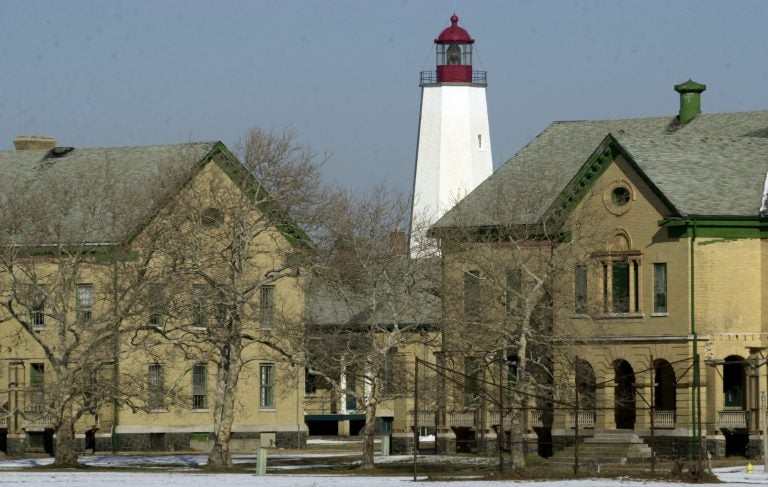
The Sandy Hook lighthouse, first built in 1764, stands Jan. 22, 2002, behind buildings that were once part of the Army's Fort Hancock, located on Sandy Hook, N.J. (Mike Derer/AP Photo)
This summer, you may have been drawn to the shore, lakeside or oceanside, and pulled in to explore the majesty of a lighthouse.
Villanova University communications professor Shauna MacDonald loves lighthouses.
She researches them throughout the United States, and the little-known women in history who ran them.
Before and during the heyday of lighthouses in the early 1900s, she says, women keepers shaped and maintained narratives about these beacons of light.
Morning Edition host Jennifer Lynn spoke with MacDonald about some of these women, who they were and how they got started.
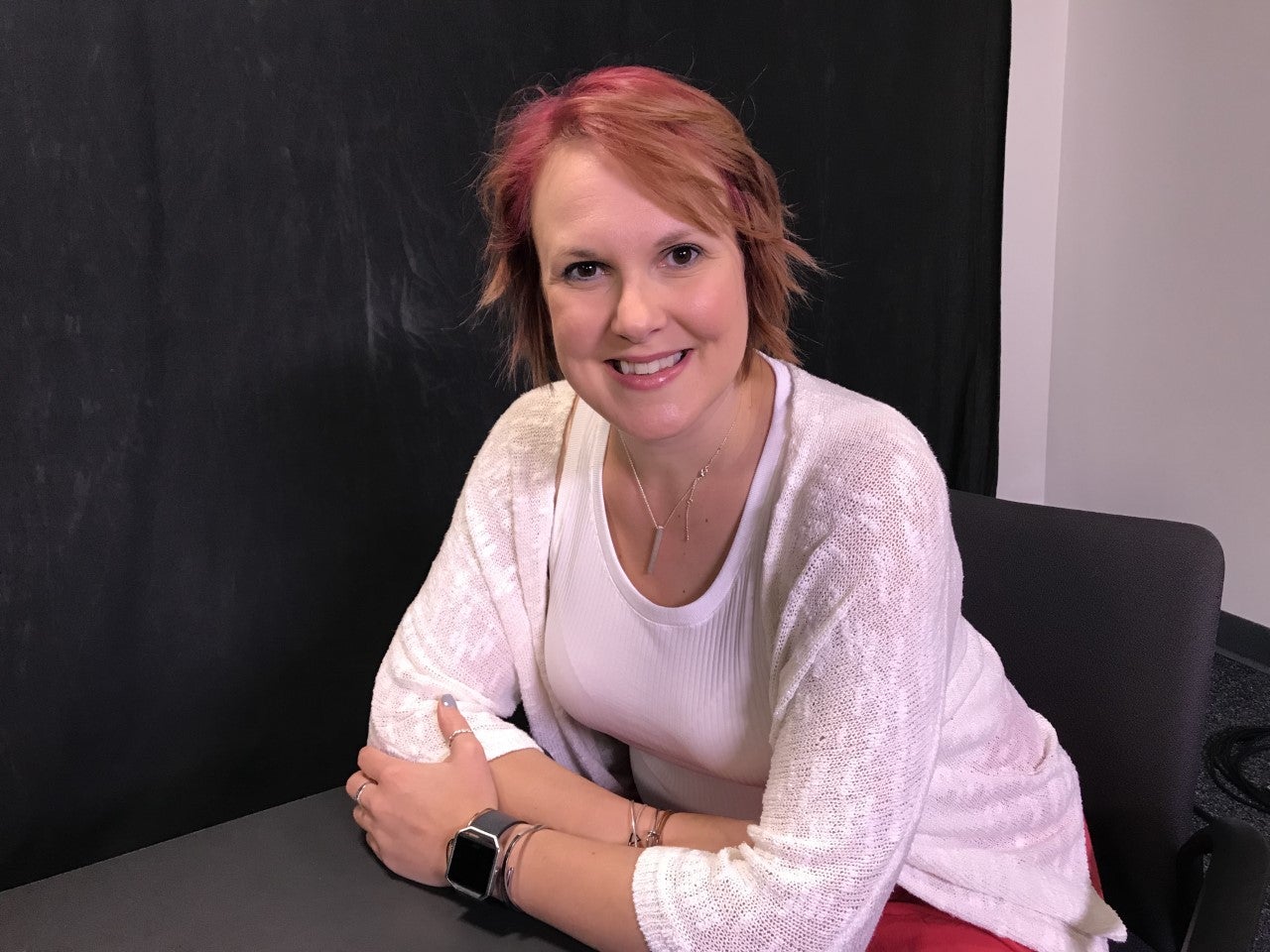
—
Well, we know that they were remarkably diverse in terms of how they became lighthouse keepers. Quite a few became keepers because they had been doing the work alongside their husband, or in some cases, their father. So they sort of learned on the job as helpers. Sometimes, those women were allowed to remain as keepers and were appointed officially. Other times, they were actually removed after a short period of time when a replacement keeper, typically a male, could be arranged and would arrive at the station.
One of your go-to sources for stories about women keepers is the book “Women Who Kept the Lights On” by Mary Louise Clifford and Candice Clifford. Did the Cliffords rely on letters, lighthouse logs, and records?
It’s really a combination. And so a lot of their work, it seems, has come from the National Archives, where some of these keeper logs, letters, other personal effects have been kept. And then, I think a lot of it was also searching out various lighthouse organizations, or historical societies and communities, and getting whatever those organizations had. And I don’t think they would claim this book covers every single woman who kept a lighthouse. But they certainly do a good job of laying a foundation.
And I learned that record-keeping wasn’t routine until the first quarter of the 1800s.
Well, and it’s an interesting question, records, because typically we keep records of people who we think matter for some reason, right? So people with power, people with a certain level of education. Not all of these women would have been educated; not all of them would have written extensively about their experiences. You might get glimpses in the archives and in the records, but you don’t necessarily get a full story.
Lighthouse keeping was difficult. And I’m sure you could be working all kinds of strange hours, and you’re probably isolated. Is there any writing that indicates that is the case?
Yes, so we actually have writing from some of the young women. So 12-year-olds, you know, 14-year-olds, some of them eventually ended up doing some keeping work. We have letters or little entries that they wrote for publications at the time that would talk about how much they longed to be on the shore, or how much they felt like they were missing. Some of them documented storms and sort of how dangerous and isolated it could feel. But we also have the keepers’ logs, and some of the women would add little tidbits of life, not just the weather or the very technical aspects that they had to keep. And then others, we don’t have a whole lot of information about.
Can you remember some of those more detailed entries in the logs?
So, Harriet Colfax was a keeper at Michigan City Light Station in Indiana. A lot of people don’t realize how many lighthouses and light stations existed on the Great Lakes. She kept a lot of records of storms, her life, rescues that she enacted. She wrote a lot about, basically almost being blown into the lake during bad weather because she had to walk on an elevated walkway, which is a bit of a technical thing, but dangerous to say the least. And she was the only one there to do it.
Are there notable women from our region that you have been able to find some of their effects and writings?
There’s one woman. Her name was Kate Walker. She has a connection with Sandy Hook, which as many of you know, is the oldest lighthouse in the U.S. So Kate Walker was a German immigrant. She met and married John Walker, and he became keeper at Sandy Hook and they stayed there for a little while. Then they were stationed at Robbins Reef Light Station in New York, where Kate was actually hired initially as the assistant keeper. So, right away she had that work, then assisted her husband, but then he died in 1886, which was only a few years after they got to Robbins Reef Light. His last words, according to lore and history, were: “Mind the light, Kate.” She did! She retired at age 73 in 1919. By her own account, she saved 50 people from various kinds of shipwrecks and trouble at sea.
Public memory is very important to you as a researcher, and why?
So I’m fascinated by public memory because, to me, it is how we, the general public, collectively think about our past and tell stories about our past, which is different than the official history that one might find. What I found to be particularly exciting is that not only did these women pass down their own sort of public memory, but many of the women that I’ve worked with in my research didn’t necessarily start out thinking, “Oh, I’m going to tell stories about female lighthouse keepers, or I’m going to investigate lighthouse history.” But they get involved in organizations or in locations, and all of a sudden, they get fascinated and they end up going down the rabbit hole trying to make sure that they have, maybe, the story of a woman who kept their lighthouse, or a woman who kept a lighthouse in their region or in their area. And when I was interviewing women, so many of them would pull these remarkable women from their own sense of public memory and make sure that I, as a researcher, was learning about them.
WHYY is your source for fact-based, in-depth journalism and information. As a nonprofit organization, we rely on financial support from readers like you. Please give today.


